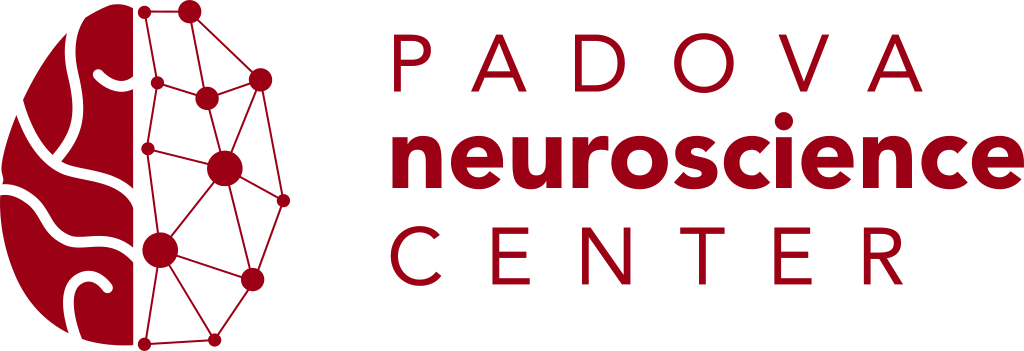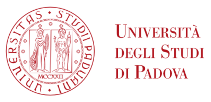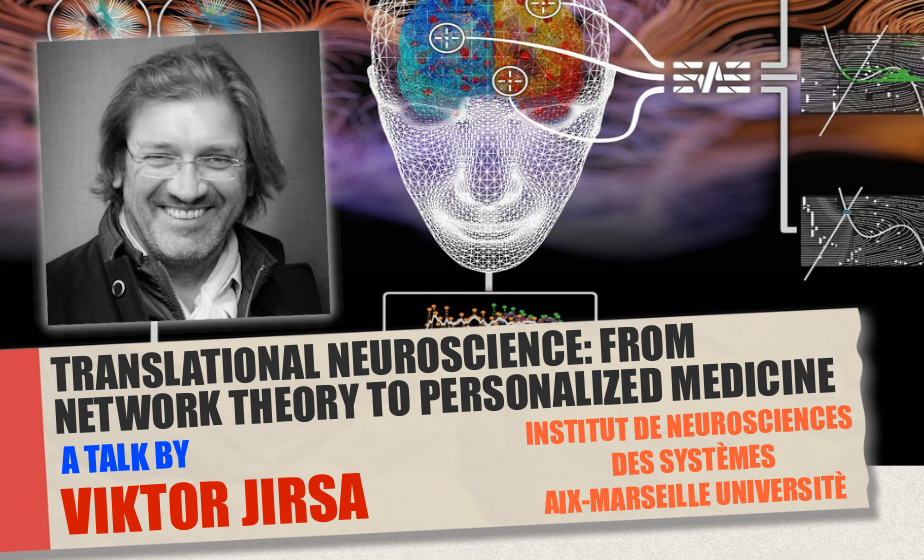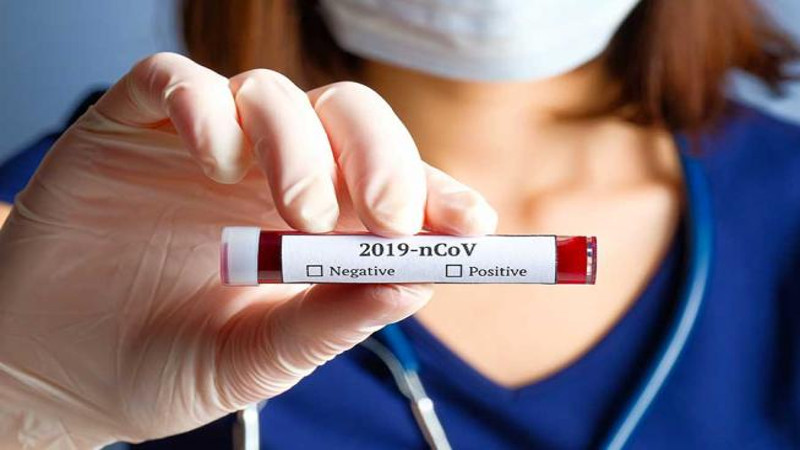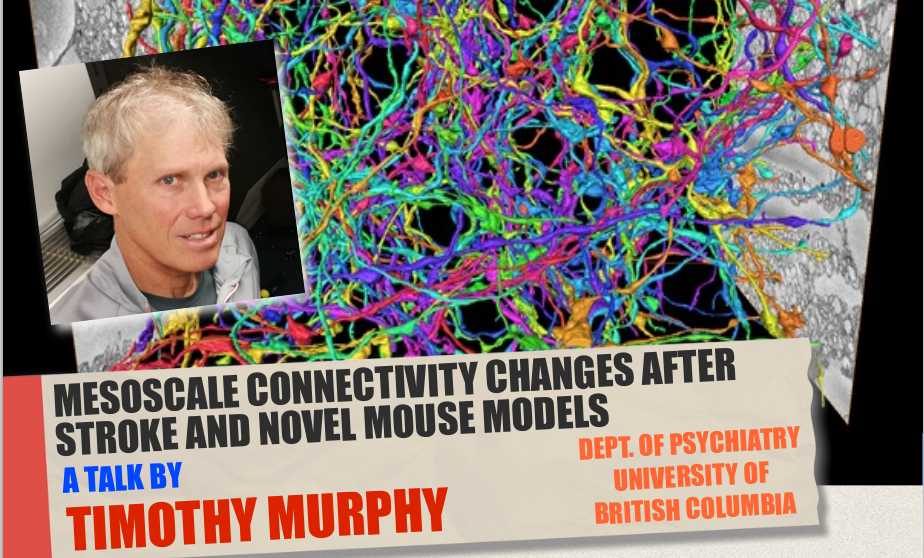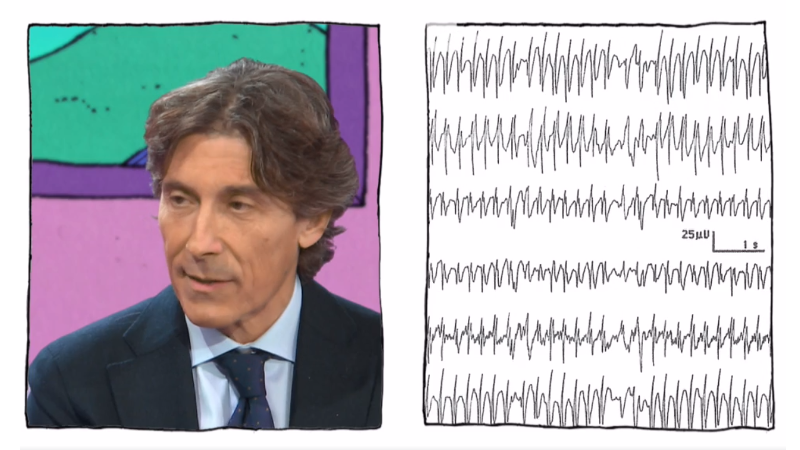One research grant position has been opened (see details below) in the context of the following project:
Title of the project
Eye movements and brain dynamics in Alzheimer’s disease: the impact of smart natural environments
Interviews date:
August 6th, 2020 10:00 – Europe/Brussels
Application deadline
16/07/2020 23:59 – Europe/Brussels
Abstract of the project
The purpose of this research grant, which is funded by the European Community (Project’s title: “Visionary Nature Based Actions For Health, Wellbeing & Resilience In Cities – VARCITIES”) is to fund research into:
“The grant holder will have to study the eye movements, the physiological signals (EEG, pupillometry, etc.) and the cognitive correlates in patients with neurodegenerative diseases. He must therefore have documented skills in the analysis of these signals and mastery of statistical methods such as univariate and multivariate models, dimensional reduction techniques, and a knowledge of machine learning algorithms (i.e., machine learning). The grant holder will also be involved in the selection of participants, therefore experience in clinical neuropsychology and neuropsychological assessment techniques are required. As part of the project, these skills will be used to study the interaction between brain dynamics, eye movements and cognition, using wearable devices for a more ecological detection of anomalies in patients. The grant holder will also have to evaluate the impact of a smart environment (a smart garden) on the physiological and behavioral measures detected”.
[ Research Grant announcement ] – [ Avviso di selezione ]
[ Application Form ] – [ Domanda di partecipazione ]
